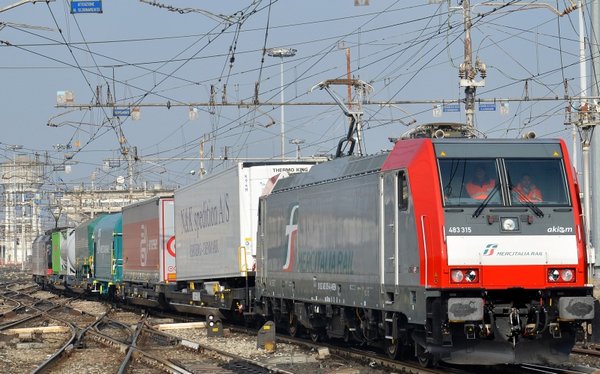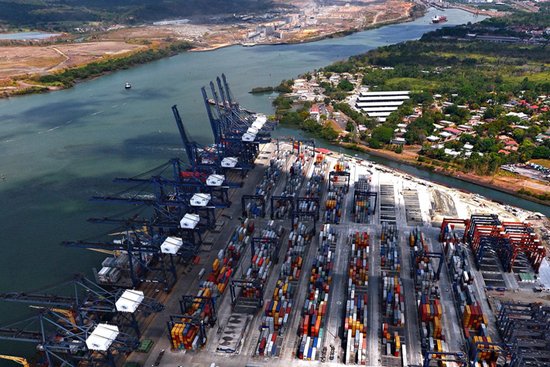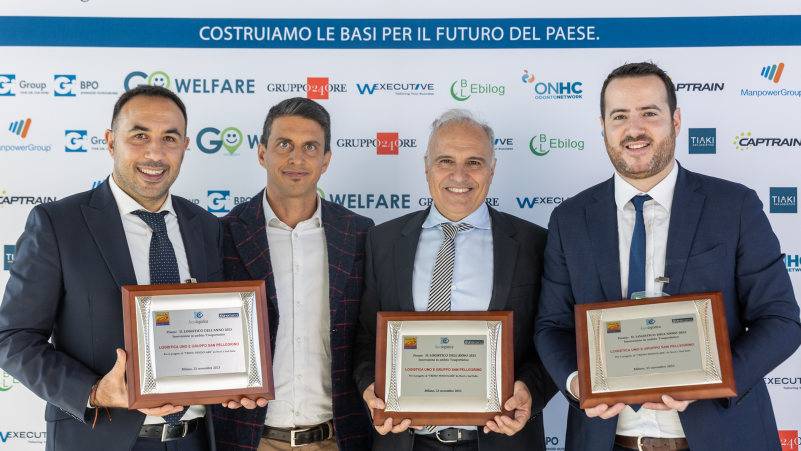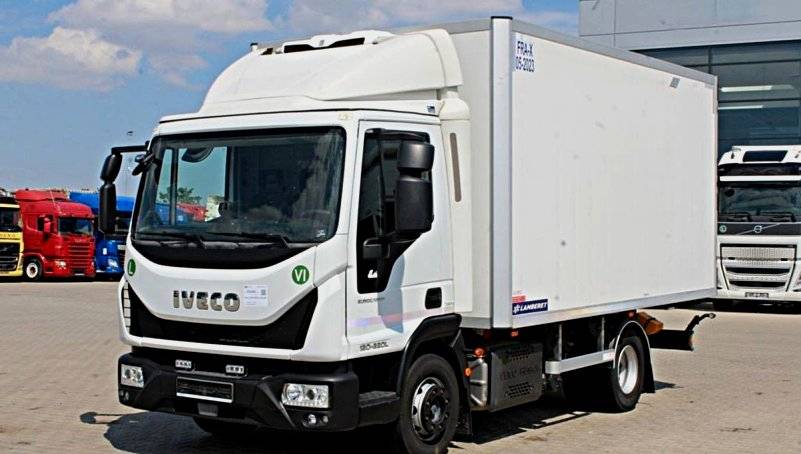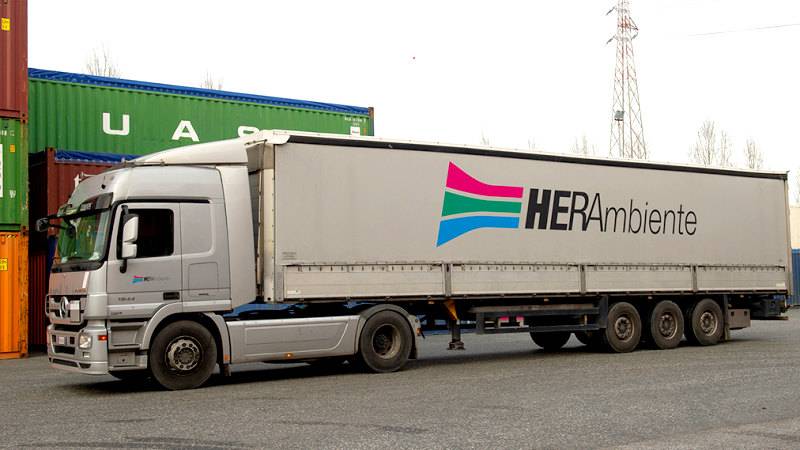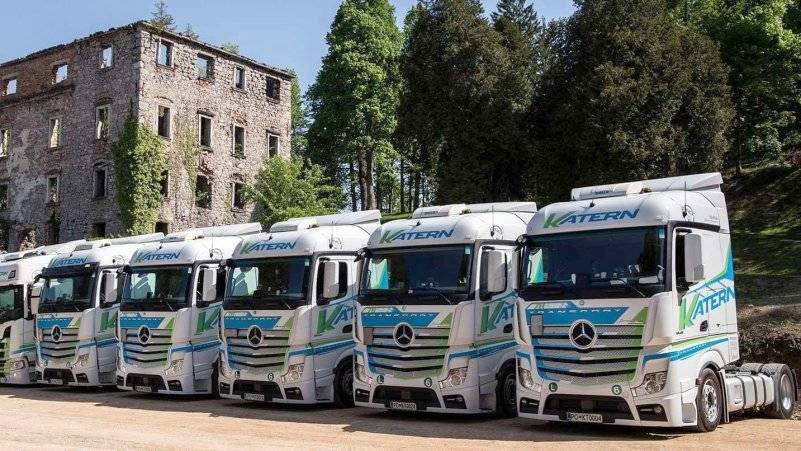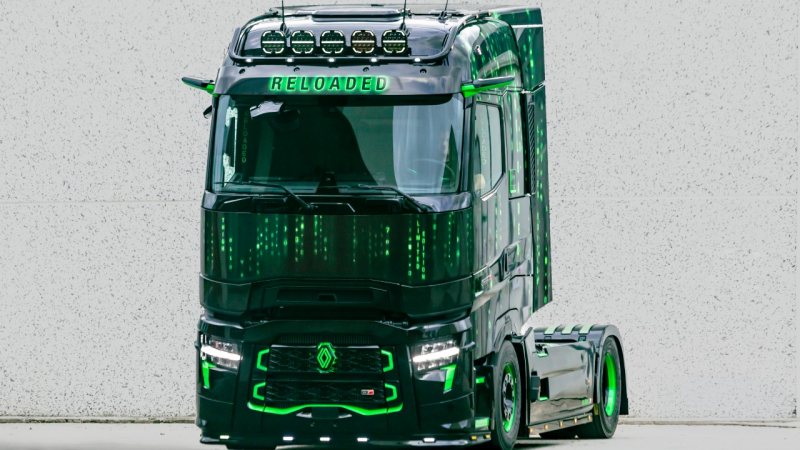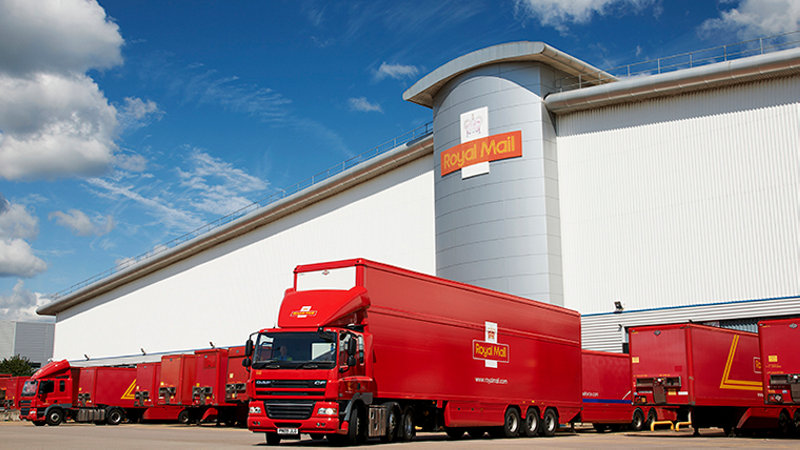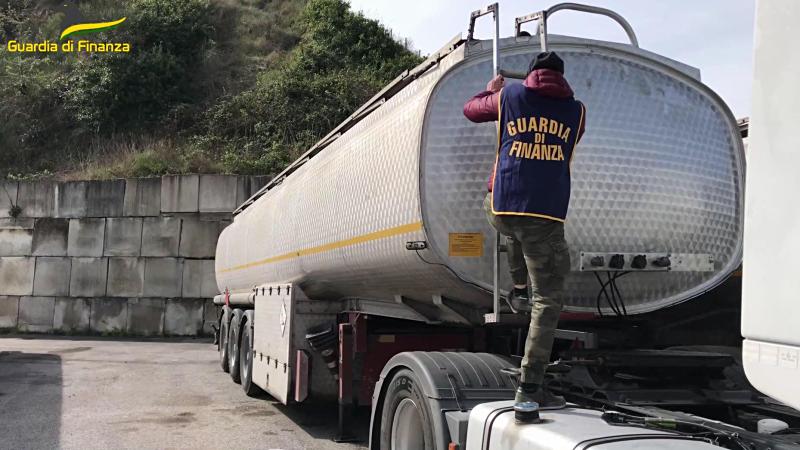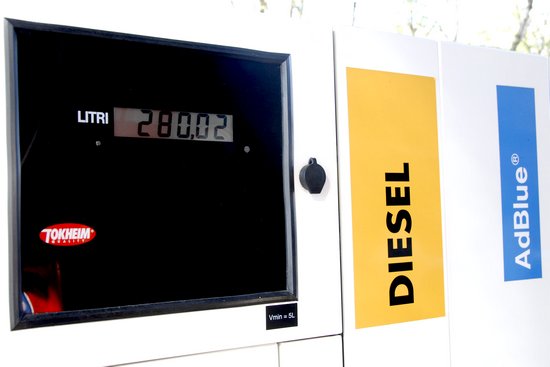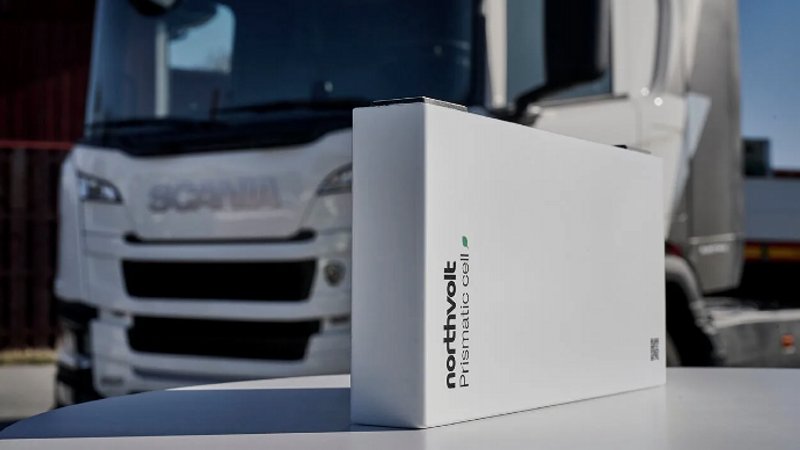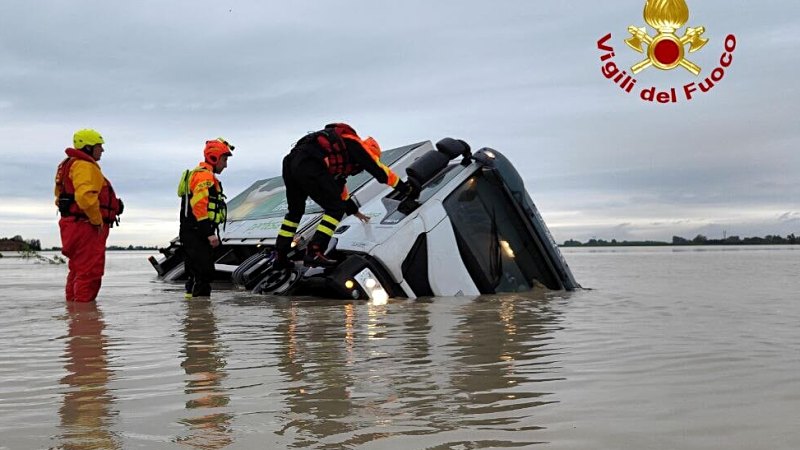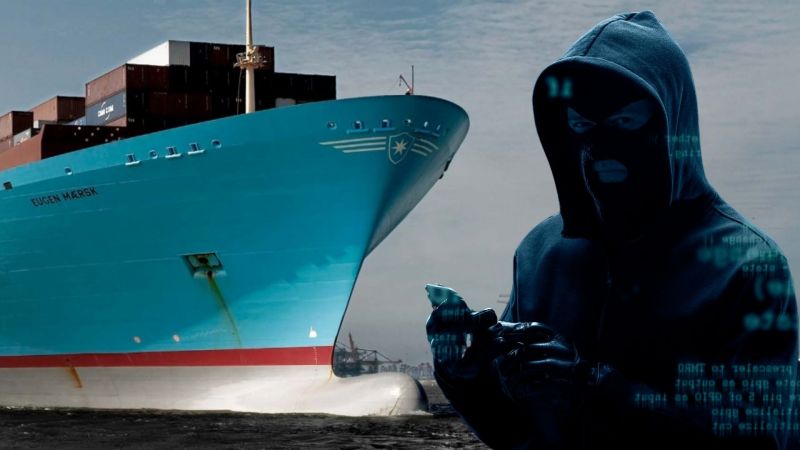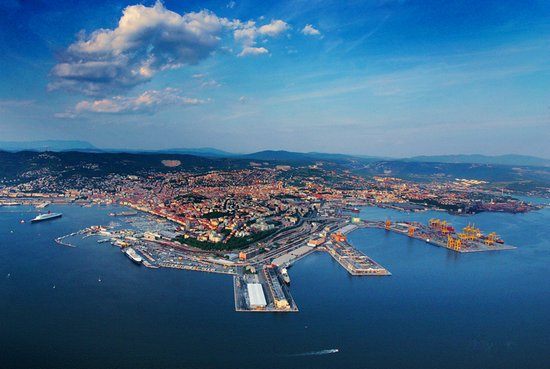There is now official approval for the final project of the Italian stretch of the new Turin-Lyon railway, from the city of Turin to the junction with the base tunnel currently under construction beneath Mont Cenis. The project was presented in Turin on 1 April 2025 during a meeting of the Observatory for the Turin-Lyon railway corridor, established in March 2006 as a technical forum for dialogue between local stakeholders and representatives of the national railway companies.
The project’s structure remains unchanged from previous agreements made within the Observatory and confirms the choice of what has been termed a “low-cost” solution. This means a fully new line to the base tunnel will not be built; instead, just one section – the part concerning the Turin rail node – will be implemented. The rest of the line is effectively postponed indefinitely, with a realistic risk that it will not be reconsidered before 2050. This approach undoubtedly results in cost savings, currently estimated at €3.2 billion, compared to the original plan which envisaged the construction of the entire line at a previously unadjusted cost of €7 to €8 billion.
In essence, the project consists of two parts. The first involves a straightforward upgrade of the existing line from Bussoleno, where the link to the base tunnel ends, to Avigliana on the outskirts of Turin. This section is estimated at €300 million, which will be used to construct two new electrical substations, upgrade signalling systems, and eliminate two remaining level crossings. Despite the improvements, the line’s overall capacity will remain essentially the same.
The second part of the project, with a cost of €2.9 billion, involves building a new 24-kilometre section from Avigliana to the freight terminal at Orbassano and then on to the Pronda junction within the Turin rail node. The route includes an 8-kilometre natural tunnel beneath the moraine hill, followed by a man-made tunnel around half that length, then an open-air stretch concluding with a complex connection at the Orbassano terminal. The proposed timeline anticipates completion of the approval process by the end of 2025, awarding of the works during 2026, start of construction in 2027, and completion of all infrastructure by 2033 – coinciding with the planned opening of the cross-border section of the Turin-Lyon railway, including the Mont Cenis base tunnel.
The positive news lies in the European Union’s possible extension of financial support to the Italian section as well, not just the cross-border stretch. This funding could cover up to 50 per cent of costs, making the decision to split the project and launch only an initial phase in order to limit financial commitment appear even less logical. Yet the project’s limitations go beyond this issue, as they stem from a difficult compromise with local communities – aimed both at overcoming opposition and supporting existing infrastructure such as the Orbassano terminal.
Due to strong local resistance, the Orsiera tunnel – originally intended to host two new railway tracks and reduce pressure on the existing line – was scrapped. As a result, all traffic will continue to use the historical route, limiting the overall capacity of the corridor. The current definitive plan for the new line from Avigliana to Orbassano is likewise the result of compromise. Initially, the rail authorities had argued for a freight bypass towards the north, in order to avoid the Turin node and link directly to the railway towards Novara. However, strong pressure from local administrations made the route to Orbassano a non-negotiable condition, with the intention of reviving a freight terminal that has never fully taken off.
At the same time, the idea of a freight link beneath Corso Marche in Turin was dropped for economic reasons, meaning that all traffic will now converge solely at Orbassano. This presents several limitations, the most significant being that the Turin ring line – which leads towards Chivasso and includes the important Porta Susa passenger station – runs entirely underground and, for safety reasons, cannot be used by trains carrying hazardous materials. Such trains can only use the Turin-Asti-Alessandria line, regardless of their final destination and without any alternative routes.
Piermario Curti Sacchi



